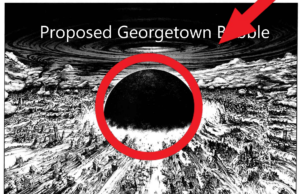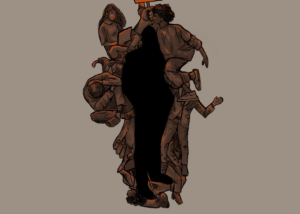District taxicab drivers are firmly opposed to Mayor Anthony Williams’ new proposal that would replace the current zone system for calculating fares with a meter system, which is used in other major cities such as New York and Chicago.
Representatives from the D.C. Professional Taxicab Drivers’ Association argued at a Tuesday town meeting that a meter fare system would make shorter trips downtown less expensive and cut down on their earnings dramatically. (garmentsmerchandising.com)
“If you put meters in our cabs ? we’d be out of work,” said Nathan Price, the association’s president.
Price is probably exaggerating. In some respects, cab drivers might actually benefit from the meter system. Under the zone system, drivers lose money waiting in traffic for long periods of time because the fare is already set and, even during designated rush hour times, the additional charge per passenger is set as well. Drivers, for instance, can only charge $6.90 (plus a small rush hour fee)?whereas, under a meter system, they might have the potential to pocket more money.
But for this very reason, some citizens at Tuesday’s town meeting argued, the adoption of a meter system would result in higher fares. Certainly passengers would pay more during rush hour, but they would save money on shorter rides. Under the zone system, even the shortest ride counts as a one-zone ride, which automatically puts the fare at just under $5.
Furthermore, the zone maps found in taxicabs aren’t clearly marked. They only provide a few street names, and for those unfamiliar with the District (tourists, for instance), it’s not always clear how the six zones are separated. The way in which the fare is calculated under a meter system, however, is always clear.
It is true that, under a meter system, unscrupulous drivers might purposely take longer and more traffic-congested routes as a way of getting a higher fare. This doesn’t mean, however, that these same drivers can’t equally manipulate a zone system?for instance, by charging unfamiliar tourists for three zones instead of two for trips that appear to be almost three zones on the map. Also the adoption of a meter system would guarantee greater consistency in charging fares. People have been charged?at various times?$6, $8 and $12 for trips to Union Station. And, at times, trips to Reagan National and Dulles International airports?following the exact same routes to each airport?have varied by amounts of $10.
The fact that most students have or will use taxis as a form of public transportation in the future, is reason enough for taking an interest of what type of fare system D.C. cabs ultimately use. So e-mail Mayor Williams and support his decision for a meter fare system. It will bring about greater fare consistency and a more accurate way of calculating the true value of each cab ride.



